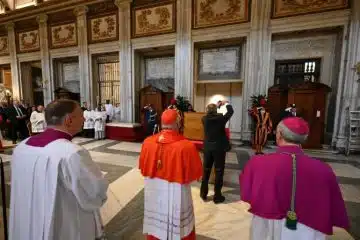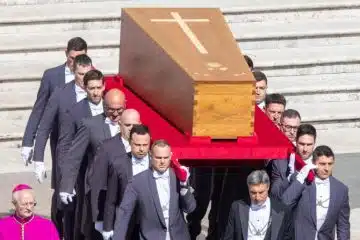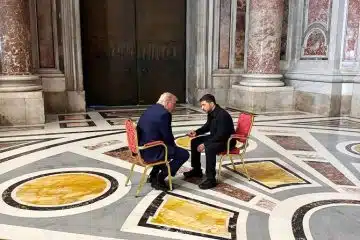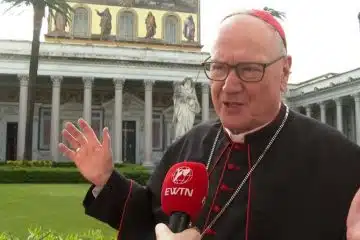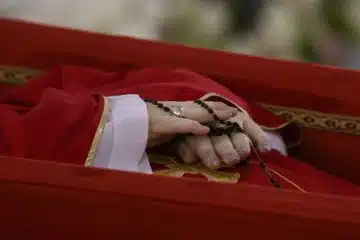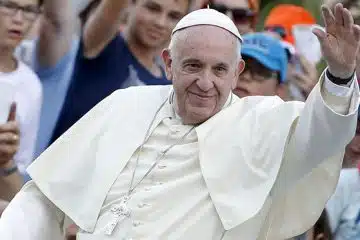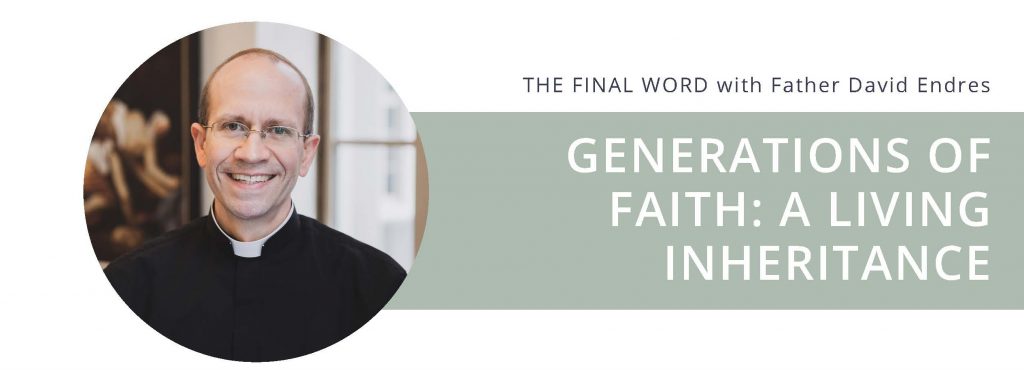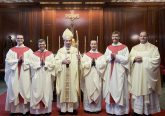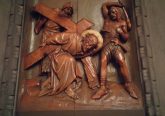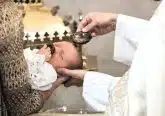The Final Word: Generations of Faith A Living Inheritance
In 1851, a traveler to Cincinnati was stunned by the Catholic churches that dominated the fast-developing city. This wayfarer enthused, “I say freely: in no city have I observed such deep Catholicity.”
Though there are few objective measures of how Catholic a place is, the deep faith found in our archdiocese suggests some veracity to the wayfarer’s assertion. Through the everyday activities of parishes, schools and outreach ministries to events such as farm Masses, Rosary rallies and Eucharistic processions, our deep Catholicity abounds.
But faith is not ours for which to take credit. As Catholics, we believe in the relationship between the Church on earth and those who have preceded us – not just the saints whose memories are immortalized, but the deceased members of our families, parishes and communities. Together, they – and we – form the Body of Christ, a reality that transcends time and space. To study the past is to know more completely the Body of Christ, which is the Church. And to learn the history of the local Church is to understand better our small part of the Body of Christ.
Our local Catholic heritage is semi-auto-biographical for many of us: It is our personal story and our family’s story. It is the reason we are here in Western and Southwestern Ohio. And it is the source, at least in part, of our faith – because our forebears believed, lived out and handed on faith to us.
Some of the earliest branches of my family tree arrived in the archdiocese before 1840. My German Catholic ancestors settled in Cincinnati, Hamilton and a lone great-great-great- grandfather, in Minster. They worshiped at St. Philomena and Holy Trinity downtown, at Old St. Mary’s and St. Paul in Over-the-Rhine and at St. Peter and St. Ann in Hamilton. For generations we have remained, moving a few miles here or there, but never too far. We form an ever-enlarging nexus of family lines that can be traced back to the believers who have gone before us.
In researching and composing A Bicentennial History of the Archdiocese of Cincinnati, I gained insight into my story and my family’s story. My particular ancestors’ names may not be found in the book, but their stories are in its pages. Like others, they struggled to establish themselves in a new land. They endured poverty, disease and ethnic prejudice. Through it all, they sought to impart and nurture the faith among their children and grandchildren.
In considering the past, I cannot help but grow in appreciation, respect and understanding for earlier generations. I was struck, for instance, by the zeal of the first missionaries who traveled days at a time to minister to a scattered flock. I grew in respect for the immigrant generation who sacrificially built churches and schools – often with their own hands. I increased my appreciation for women religious, without whom we would lack many charitable and educational institutions that remain important today. I came to understand the significance of the laity, who, prompted by their faith, made advances in social work, science, education and mission promotion.
I believe reflecting on their stories – and their values and motivations – is essential. Inherent in an appreciation of history is the belief that it has a teaching role. History can inspire, challenge, caution and correct, but our Church’s history can do more. Since faith is often bequeathed and inherited from one generation to the next, appreciation of history can stir up the response of faith. Through us, the dead continue to speak: their memories serve as examples and witnesses and invite us to even greater faith.
It is our challenge to hand on the faith to future generations so that it can be said of us, just as it was said of our ancestors: “I say freely: in no city have I observed such deep Catholicity.”
Father David Endres: is associate professor of Church history and historical theology at Mount St. Mary’s Seminary & School of Theology. He is the author of A Bicentennial History of the Archdiocese of Cincinnati: The Catholic Church in Southwest Ohio, 1821-2021.
This article appeared in the June 2021 Bicentennial Edition of The Catholic Telegraph Magazine. For your complimentary subscription, click here.


